
CapitaLand adopts biophilic design and nature-based solutions to create sustainable, cooler buildings, enhancing wellbeing and reducing the urban heat island effect in tropical Singapore.

CapitaLand adopts biophilic design and nature-based solutions to create sustainable, cooler buildings, enhancing wellbeing and reducing the urban heat island effect in tropical Singapore.
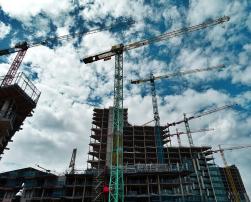
The built environment, responsible for 40% of global carbon emissions, can decarbonise through greener materials, efficient designs, sustainable practices, and circular construction, driven by innovation, collaboration, and updated regulations.
Achieving zero emission building stock with viable educational programs.
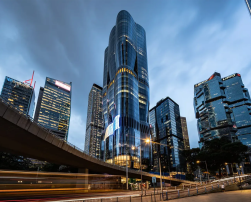
Arup worked with Henderson Land Development to create The Henderson, a sustainable, tech-driven building located in Hong Kong.
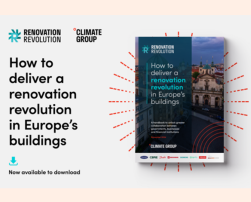
This handbook is a three step, practical guide for governments, businesses, and financial institutions, on how to drive up Europe's energy renovation rates.
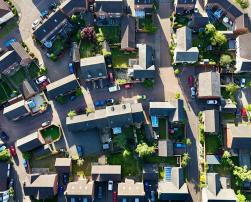
The ARV project’s Blueprint is a collaborative, evolving guide for developing sustainable Climate-Positive Circular Communities. It integrates insights and tools to support stakeholders in planning, building, and operating these communities.
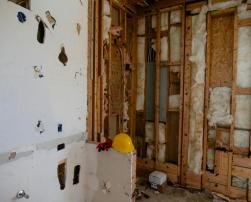
Retrofitting traditional buildings requires addressing thermal bridging to improve energy efficiency, prevent moisture issues, and meet modern regulatory standards while preserving architectural integrity.
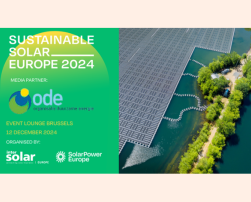
Bringing together industry players, academics, policymakers and other stakeholders, Sustainable Solar Europe 2024 will tackle some of the hottest sustainability topics for the sector.
Bankable Neighbourhood Portfolios for Energy Renovation.
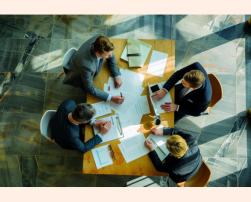
SUPER-i, a project dedicated to driving sustainable practices in social housing, publishes four comprehensive factsheets (technical policy, financial, and environmental ) that are designed to support stakeholders in decision-making and sustainable development in the sector.